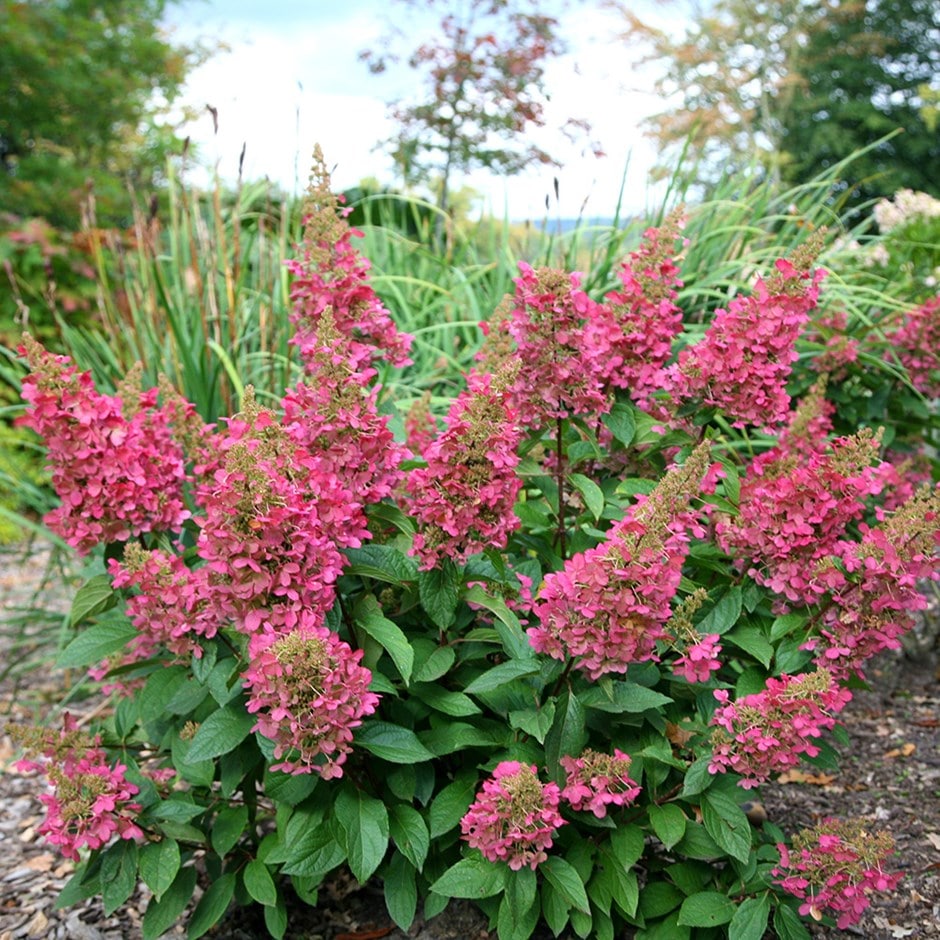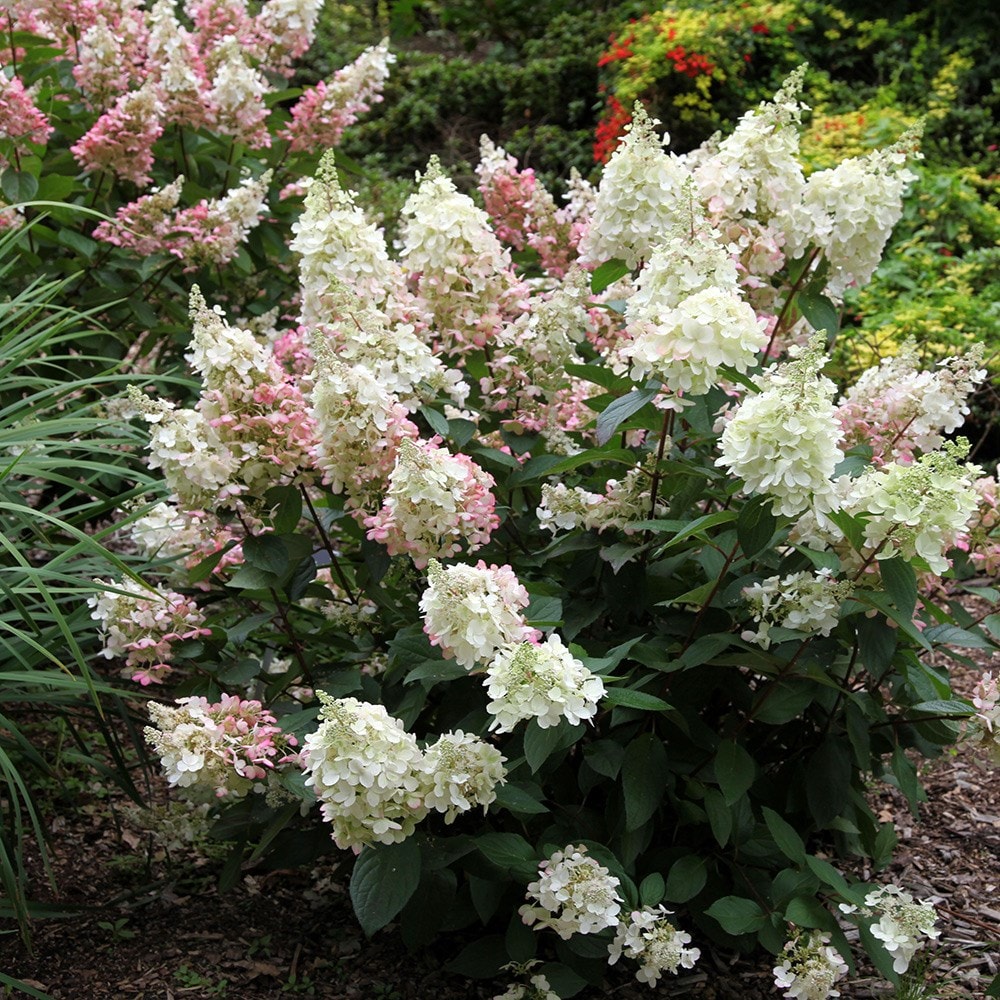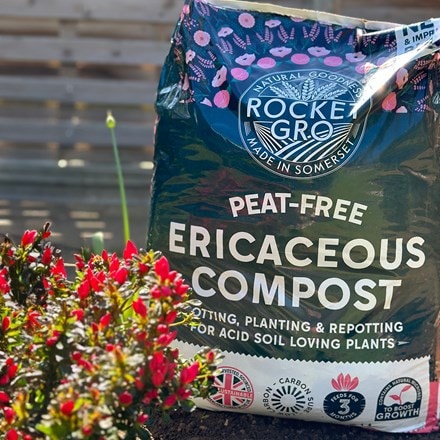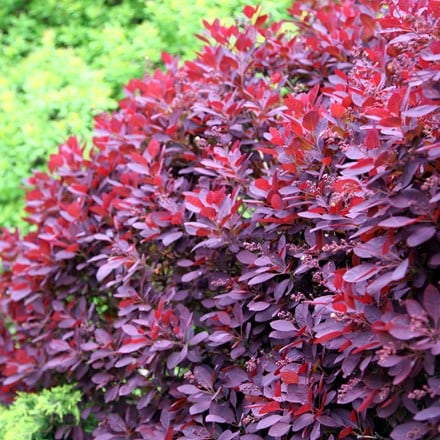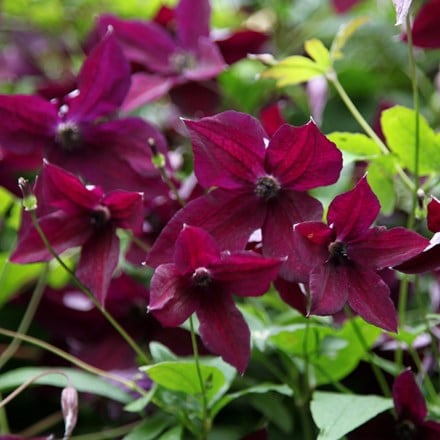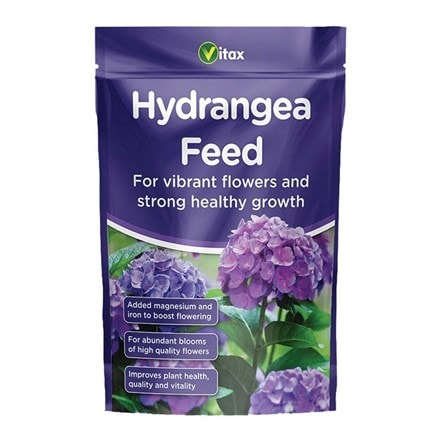Hydrangea paniculata Pinky-Winky ('Dvppinky') (PBR)
hydrangea Pinky Winky
- 2 litre pot
- £24.99
- In stock (shipped within 2-3 working days)
- 10 litre pot | 80 - 100cm tall
- £84.99
- In stock (shipped within 2-3 working days)
Delivery options
- Standard £5.99
- Position: full sun or partial shade
- Soil: moist, well-drained, moderately fertile, humus-rich soil
- Rate of growth: fast
- Flowering period: August to September
- Hardiness: fully hardy
The tiny star-like flowers of Hydrangea paniculata Pinky-Winky emerge from bud white and gradually fade to pink as they age, giving the panicles a distinct two-tone effect. The flower panicles are long, reaching up to 40cm (16in), and the sturdy stems hold them erect. Use it as a specimen plant or to create a spectacular flowering hedge. The flower-heads can be picked for dried arrangements.
Choose a spot with partial shade to full sun, though at hotter, sunnier times of the year, partial shade is preferable to protect the blooms and avoid the plant wilting after planting. The soil should be well-drained, rich, and consistently moist, but not waterlogged.
Dig a hole twice the width of the root ball and just as deep, then mix in plenty of organic matter such as compost or well-rotted manure. Place the plant in the hole, backfill with the enriched soil, and water thoroughly. Mulch around the base to retain moisture and keep the roots cool, but keep the mulch away from the stem to prevent rot.
Regular watering is important, especially during dry spells, to ensure the plant establishes well and produces abundant blooms - hydrangeas do not like to dry out.
Once established, to enhance flowering prune hard in late winter/early spring cutting back the previous season's shoots to within a few buds of the permanent, woody framework of the plant.
Dig a hole twice the width of the root ball and just as deep, then mix in plenty of organic matter such as compost or well-rotted manure. Place the plant in the hole, backfill with the enriched soil, and water thoroughly. Mulch around the base to retain moisture and keep the roots cool, but keep the mulch away from the stem to prevent rot.
Regular watering is important, especially during dry spells, to ensure the plant establishes well and produces abundant blooms - hydrangeas do not like to dry out.
Once established, to enhance flowering prune hard in late winter/early spring cutting back the previous season's shoots to within a few buds of the permanent, woody framework of the plant.
- Humans: Skin allergen; Pets: Harmful if eaten
